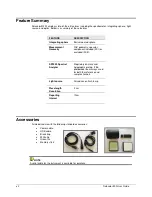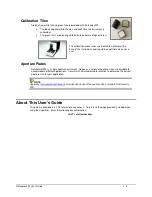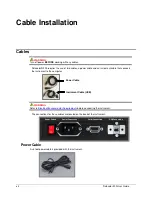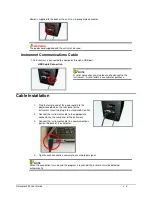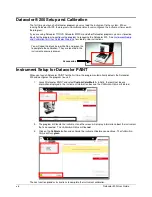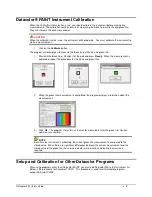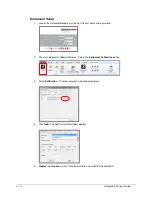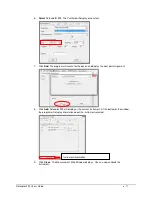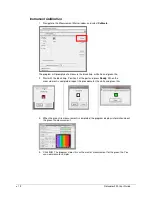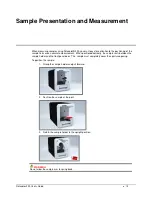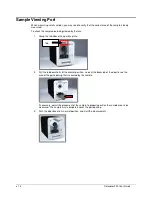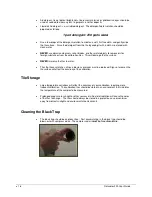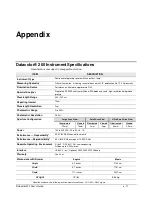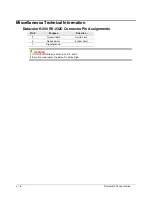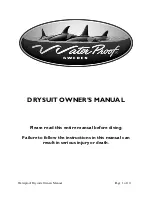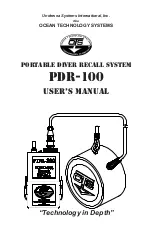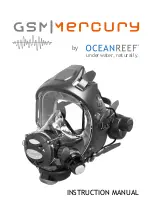
16 Datacolor 200 User Guide
A detergent, free of optical brighteners, fluorescent materials or photoactive dyes should be
used as needed to clear any oils, fingerprints, or other deposits.
Liquid dish detergent is a suitable detergent. The detergent/water solution should be
prepared as follows:
1 part detergent: 250 parts water
Use a few drops of the detergent solution to moisten a soft, lint-free cloth, and gently wipe
the tile surface. Rinse the detergent from the tile by wiping it with a cloth, moistened with
clean water.
NEVER
use abrasive cleansers, razor blades, or other metal objects to remove dirt or
foreign substances from the calibration tiles. This will damage the tile surface.
NEVER
immerse the tiles in water.
Tiles that have scratches, chips, abrasions or cracks must be replaced. Signs of wear on the
tile surface will affect the accuracy of the calibration.
Tile Storage
Large temperature variations will affect the accuracy of your calibration, requiring more
frequent calibration. The calibration tiles should be stored in an environment that simulates
the temperature of the samples to be measured.
Prolonged exposure to sunlight or other sources of ultra-violet radiation will cause the color
of the tiles to change. The tiles should always be stored in a protective case or container
away from direct sunlight and environmental contaminants.
Cleaning the Black Trap
The black trap should be kept dust-free. Dust accumulating in the black trap should be
blown out with compressed air. The compressed air
must be free of moisture
.

